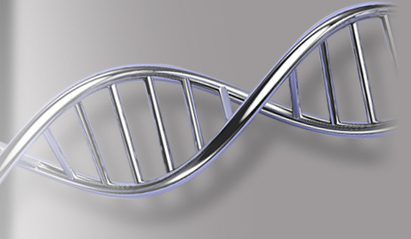Submitted by catie on Fri, 07/22/2016 - 11:17
Submitted by catie on Fri, 07/22/2016 - 11:16
Submitted by catie on Fri, 07/22/2016 - 11:06
Sequencher has been part of the human forensic specialist’s toolkit for more than 15 years. While the TV-watching public may associate Forensics with human DNA, there is no question that the same techniques are having a huge impact on the animal and plant worlds too. Whether it is the use of DNA from companion animals in criminal proceedings to illegal export or import of animal or plant products, poaching activities, and illegal export of wild animals and endangered plants, the fields of wildlife and plant forensics are set to expand.
If you are working in Systematics, the chances are that you will need to work with sequence data at some point. Because single bases matter, you want to have the cleanest possible sequences so trimming the data is important. You might be assembling across several organisms or samples at the same time. A time saving tool that allows you to use information embedded in the sequence name to differentiate between your samples and keep them separated into individual contigs might be handy too.
As our populations expand and pressure increases on living space, food growing space, water sources, and the need to maintain our planets biological diversity, the field of Microbiology acts as a guardian against all manner of threats from pathogenic organisms to humans, their companion and crop animals, and food crops. It acts a source of novel antibiotics and foods. Rapid identification of organisms is key and sequencing 16S rRNA is the method of choice.
Assembling your sequences shouldn't be a pain, your software should help you every step of the way. As a virologist, you want results quickly, reliably, and reproducibly, whether you are studying archaeal viruses in Yellowstone Park, studying strains of Avian flu virus, identifying parvovirus B in skeletal remains, Ebola virus in Sierra Leone, a novel Flexivirus, or Hepatitis B subtype distribution in Brazil.
Pages


